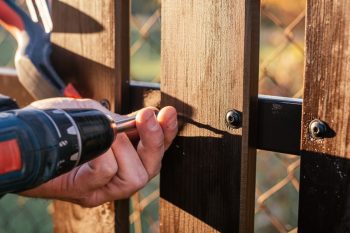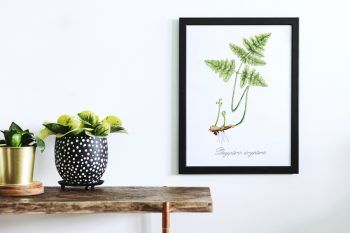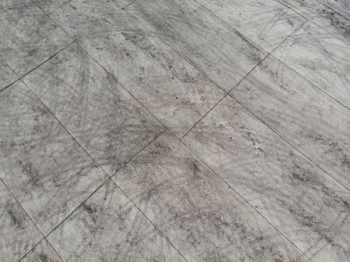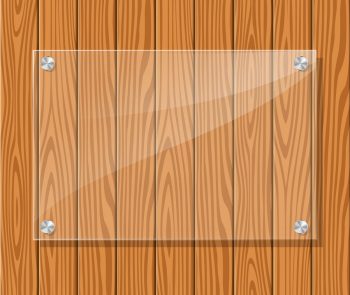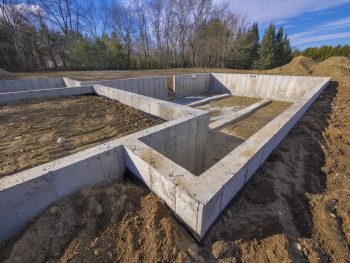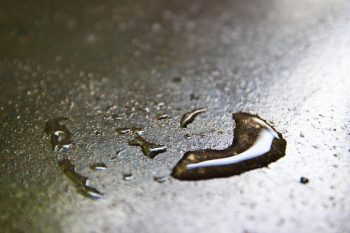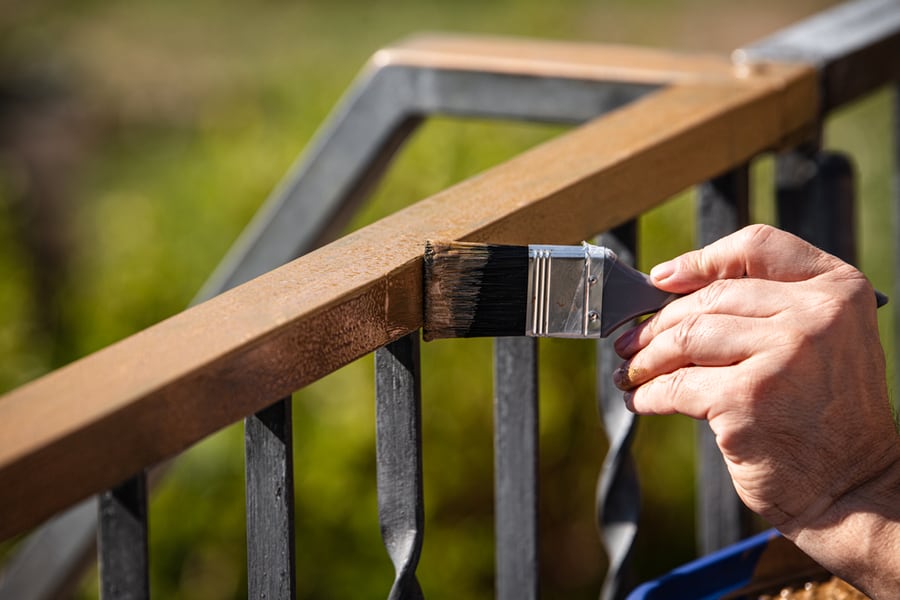
When a painting project comes up, we often wonder why there are so many options in the paint aisle. There are a variety of primers, paints, and stains to use.
Additionally, you often have leftover products at the end that you would like to use somewhere else. So, what is the difference between wood and metal primer?
Can you use them interchangeably?
Unfortunately, you cannot use metal and wood primer interchangeably. While both are primers, they have surprisingly different formulas.
- Metal primers are designed to be rust-resistant.
- Wood primers neutralize chemicals in wood that can bleed through or compromise paint.
- Using a primer improperly may cause it not to bond with the surface.
First, let’s discuss each primer individually, what they offer, and why you shouldn’t use them interchangeably. Then, I will provide ideas for what to do with leftover primer.
2 Differences Between Wood and Metal Primers
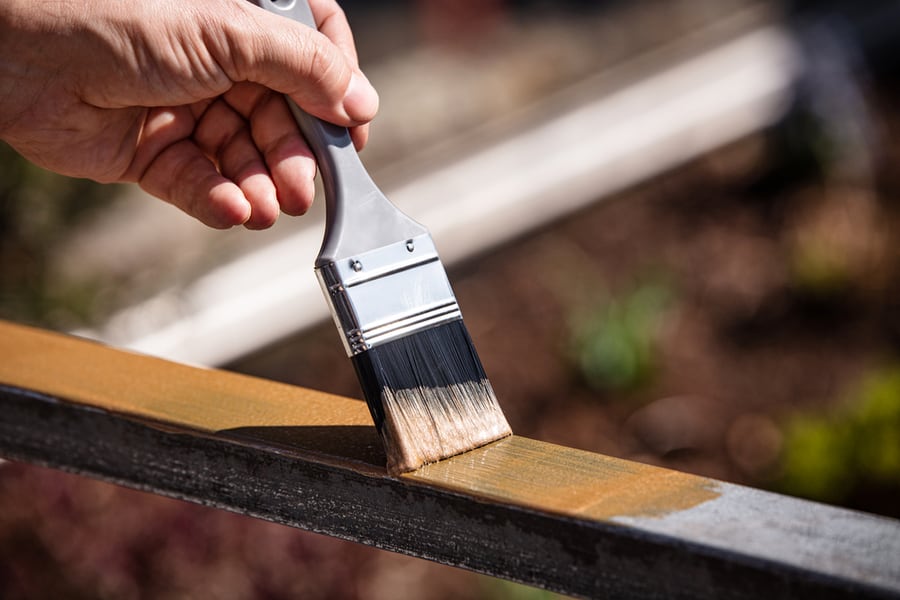
Wood and metal primer are designed to make paint cover evenly on both surfaces. Because these materials have different characteristics, the formulas for metal and wood primers vary.
Let’s talk about the two biggest ways they differ.
1. Protection Against the Elements
Metal primer packs a hefty punch against rust because this is a big threat to metal objects and structures.
You can see this when inspecting dried metal paints, which are rubbery in texture to make them waterproof.
Wood primer offers very little protection against rust because wood does not rust. So instead, it focuses on making the wood less porous and likely to warp.
Most wood primers do this by penetrating the wood rather than layering over it.
2. Bleed Through Prevention
Another quality that differs between metal and wood primers is their resistance to bleeding through. This is because wood contains tannins, which tend to seep through paint.
This will discolor and disturb the finish. To prevent this, wood primers seal in and neutralize these tannins.
A metal primer doesn’t have this capability, which will allow the tannins to come through.
When Should You Use Primer?
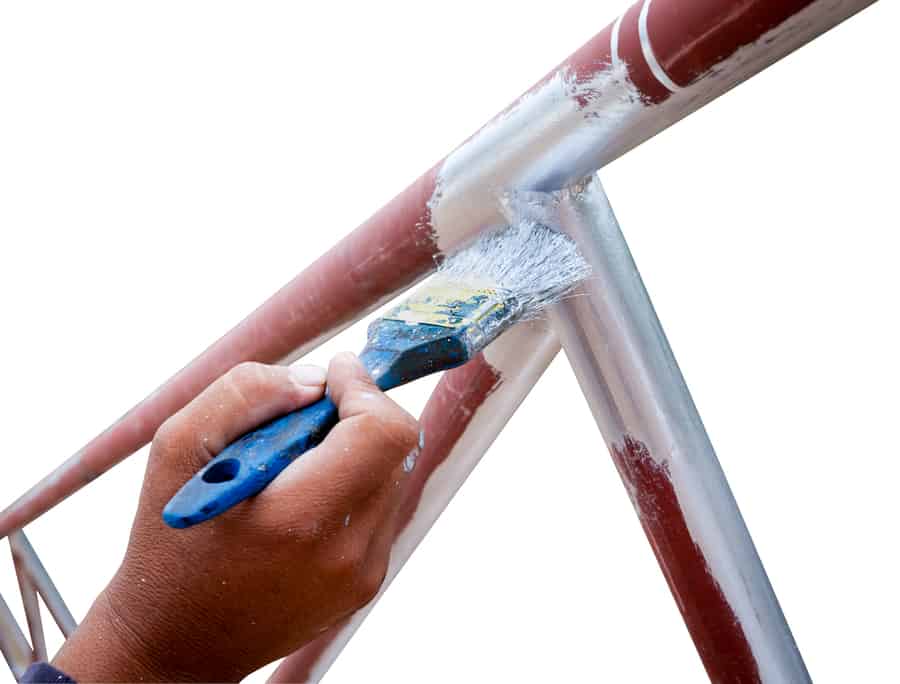
It would be best to use primer when painting an unfinished surface. Primer does a lot of valuable things.
Not only does it provide a uniformly colored surface to apply your paint to, but it also gives the paint something to grip. Especially with smooth metal, this is invaluable in preventing peeling.
Additionally, a material-specific primer is designed to help an object weather the elements and resist damage.
Some primers, like wood primer, even contain ingredients to chemically neutralize things in the surface which would otherwise damage the paint.
Conclusion
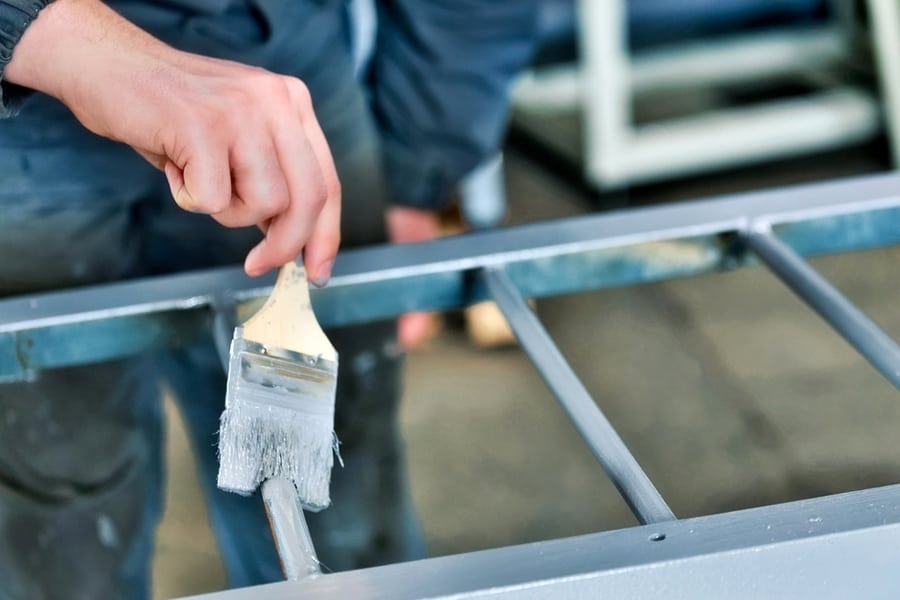
When painting, let an appropriate primer do the heavy lifting for you. Most primers do much more than make the surface the same color.
Other primer benefits include material-specific element protection, flexibility for objects that change shape, and neutralization for materials that tend to put out corrosive elements.
The wood primer should be used for wood, while the metal primer is best suited to metal.
Frequently Asked Questions
Do I Need Multiple Coats of Primer?
Usually, when using primer, you only need a single coat to do its’ job.
The exceptions are when you are trying to change the object’s color drastically or when you notice that the primer appears uneven.
A properly applied primer should be thick enough to cover the surface without dripping.
Do I Need To Prime Again When Applying New Paint?
If you have primed and painted something in the past, you may not need to re-prime it when applying a new coat of paint.
This depends largely on the condition of the old paint. If you notice serious surface imperfections, exposure of the underlying material, or significant dirt on the paint, then quicksand and prime may be in order.
However, if your surface is still in a stellar condition, you can paint over old paint.
